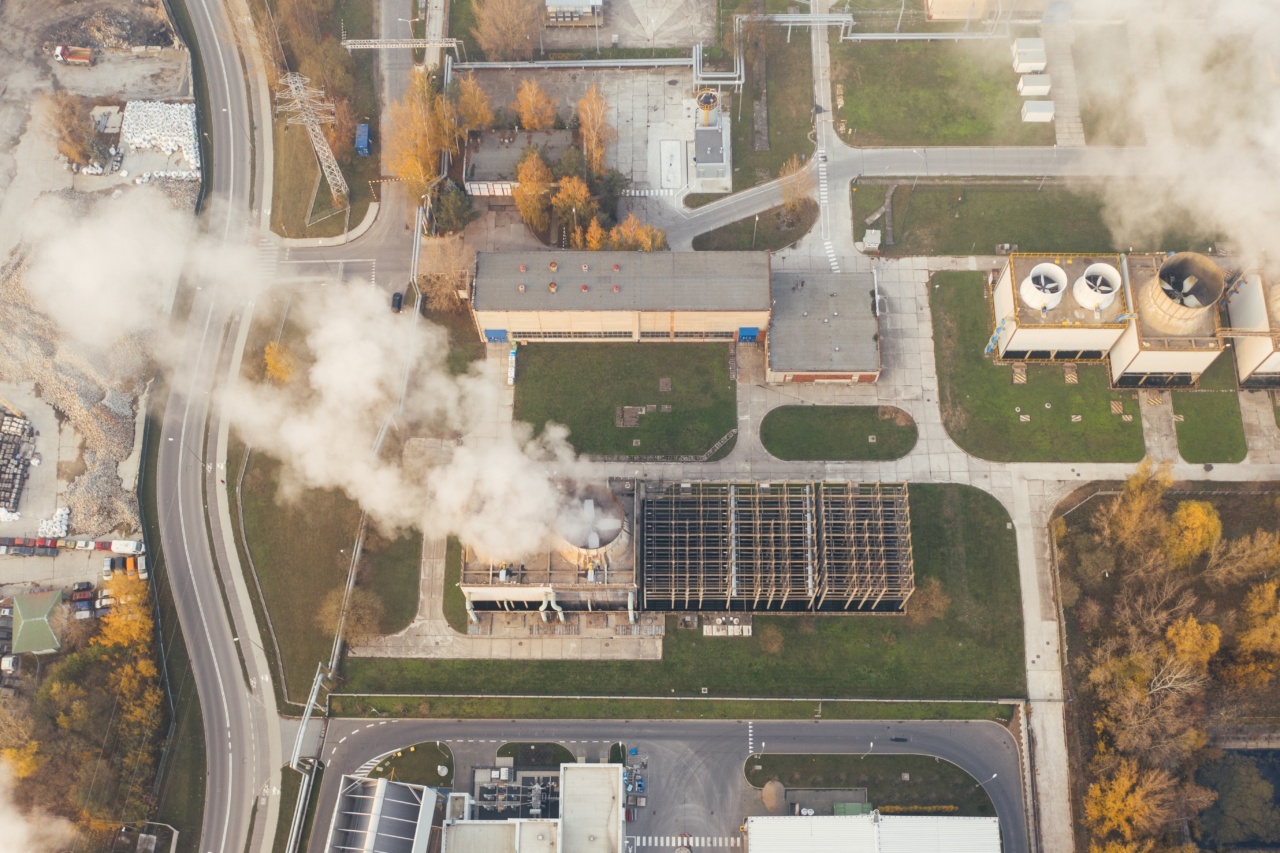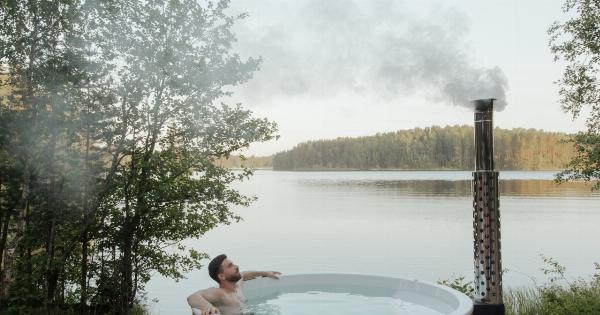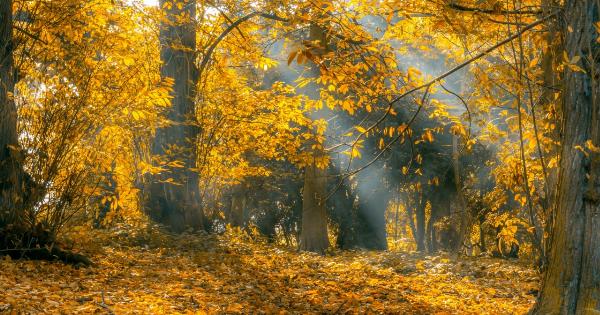The arrival of spring is usually a welcome sight for many people who have been cooped up indoors during the winter.
But for those who suffer from seasonal allergies, the beginning of spring can mean the start of several weeks or months of itchy eyes, congested noses, and scratchy throats. And unfortunately, these symptoms may be exacerbated by environmental pollution.
What Causes Spring Allergies?
Spring allergies are usually triggered by pollen from trees, grasses, and weeds, which becomes airborne during the spring months.
When these tiny particles are inhaled, they can cause the body to produce histamine, which leads to common allergy symptoms like sneezing and watery eyes.
How Does Environmental Pollution Worsen Allergy Symptoms?
Pollution can make allergy symptoms worse in two ways. First, it can increase the amount of pollen in the air. When there is a lot of pollution in the air, it tends to stick to pollen particles and makes them heavier.
This means that they don’t stay airborne for as long, and they are more likely to settle on surfaces like cars and buildings. However, when a gust of wind comes through, it can pick up these heavier pollen particles and send them back into the air, where they can then be inhaled by allergy sufferers.
Secondly, pollution can actually make allergy symptoms more severe. When pollution particles are inhaled, they can cause inflammation in the nasal passages, which can worsen already existing allergy symptoms.
This inflammation can also increase the body’s sensitivity to allergens, which means that allergy sufferers may experience more severe symptoms than they would otherwise.
What Types of Pollution are Most Harmful to Allergy Sufferers?
There are several types of pollution that can worsen allergy symptoms. These include:.
- Particulate Matter: Particulate matter refers to tiny particles in the air, like smoke, soot, and dust. These particles are small enough to be inhaled and can cause inflammation in the airways.
- Ground-Level Ozone: Ground-level ozone is created when pollutants from cars, factories, and other sources react with sunlight. This type of pollution can irritate the airways and cause breathing difficulties.
- Sulfur Dioxide: Sulfur dioxide is a byproduct of burning coal, oil, and other fossil fuels. It can irritate the airways and cause breathing difficulties.
How Can Allergy Sufferers Protect Themselves From Pollution?
There are several steps that allergy sufferers can take to protect themselves from pollution, including:.
- Check Pollen Counts: Many weather and allergy websites offer daily pollen count forecasts. If pollen counts are high, stay indoors as much as possible.
- Avoid Outdoor Activities: Exercise outdoors, particularly during the spring months, can trigger allergies. Consider indoor exercises like yoga, or try to exercise early in the morning or late in the day when pollen counts are lower.
- Use Air Conditioning: Air conditioning can help filter out pollen and pollution from the air. Make sure to clean your air conditioning filters regularly to keep them working properly.
- Use a HEPA Air Purifier: A HEPA air purifier can help remove pollen and pollution particles from the air.
- Wear a Mask: A mask can help filter out pollen and pollution particles when you’re outdoors.
The Bottom Line
While seasonal allergies are common and usually not serious, the symptoms can be very uncomfortable and disruptive. Environmental pollution can make these symptoms worse, but there are steps that allergy sufferers can take to protect themselves.
By checking pollen counts, staying indoors when pollen counts are high, using air conditioning and air purifiers, and wearing a mask when necessary, allergy sufferers can help minimize their exposure to pollen and pollution and reduce their symptoms.






























